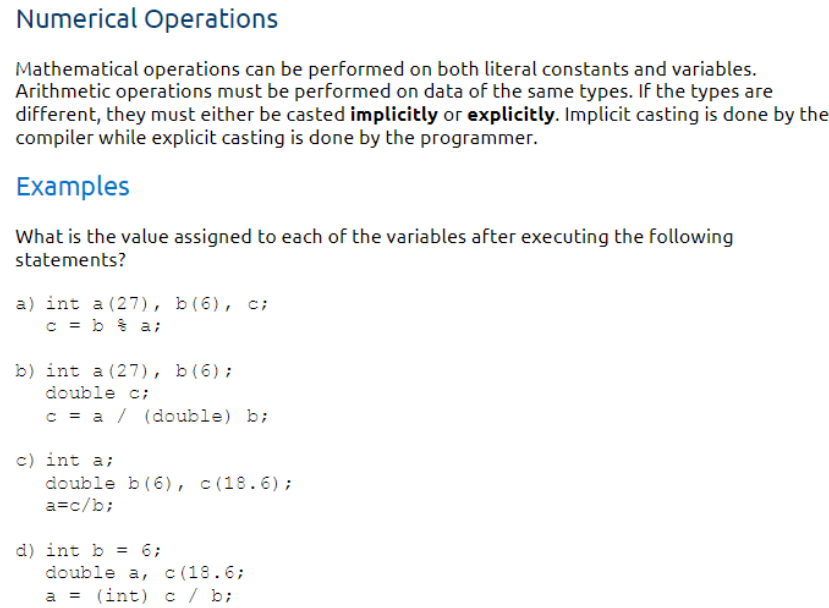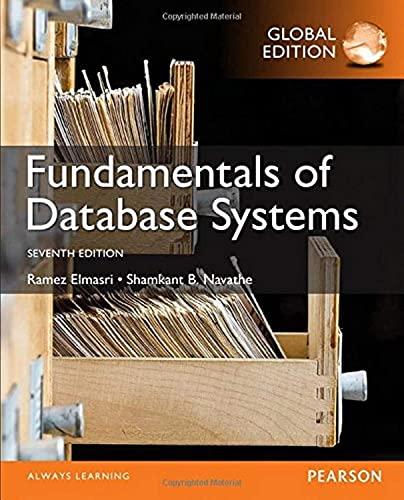Answered step by step
Verified Expert Solution
Question
1 Approved Answer
Solve all the question and parts in the two pictures by showing all your work and steps. Do not skip any of them, do them
Solve all the question and parts in the two pictures by showing all your work and steps. Do not skip any of them, do them all to get a thumbs up! First picture answer number 1,2, and 3. second picture answer from part a to d.


Step by Step Solution
There are 3 Steps involved in it
Step: 1

Get Instant Access to Expert-Tailored Solutions
See step-by-step solutions with expert insights and AI powered tools for academic success
Step: 2

Step: 3

Ace Your Homework with AI
Get the answers you need in no time with our AI-driven, step-by-step assistance
Get Started


